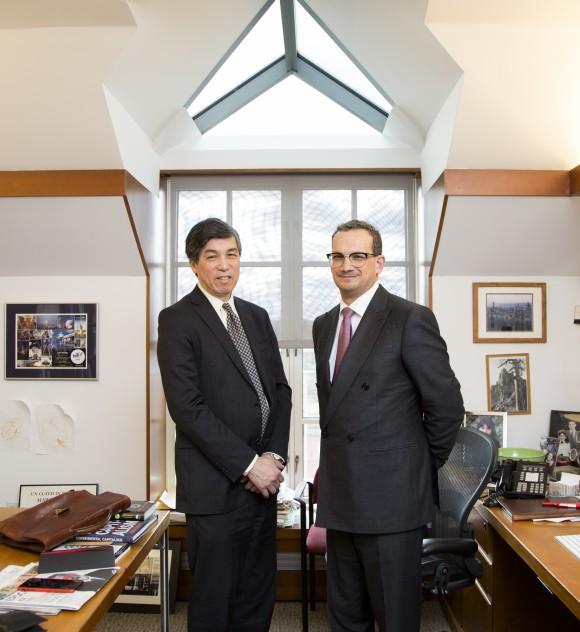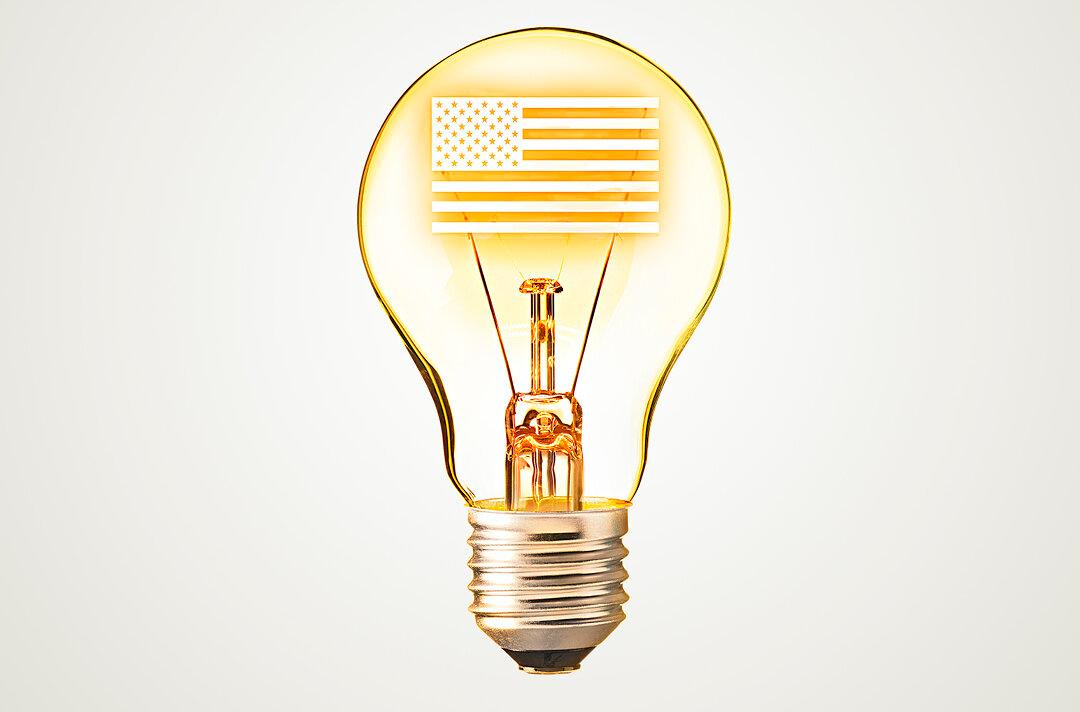Offshoring production from the United States to factories overseas has arguably done a lot of damage to the U.S. economy. Over the last three decades, the trade deficit ballooned and millions of American manufacturing jobs were lost. And with those jobs, according to analysts, America also lost some of its innovative edge.
Campaigning on a platform that clearly resonated with many voters, President Donald Trump vowed to bring jobs back to America.
Gary Pisano, professor of business administration at Harvard Business School, argues that while Trump is right to focus on jobs and manufacturing, the benefits of repatriating production extend beyond mere job creation.
“I don’t think manufacturing is going to be a job producer. Even if jobs come back to America, there’s tons of automation in manufacturing,” he said.






